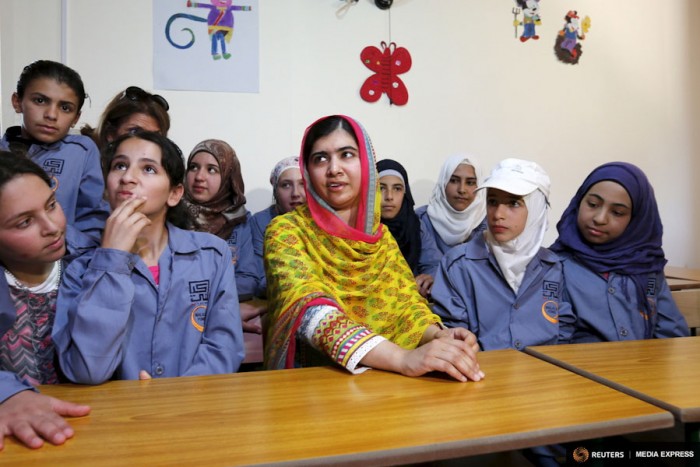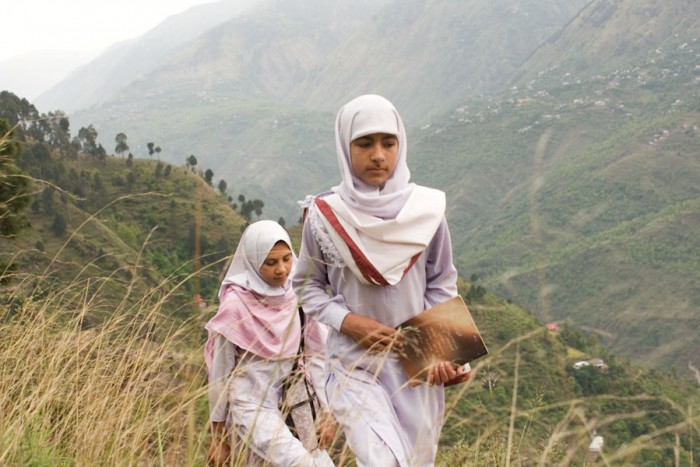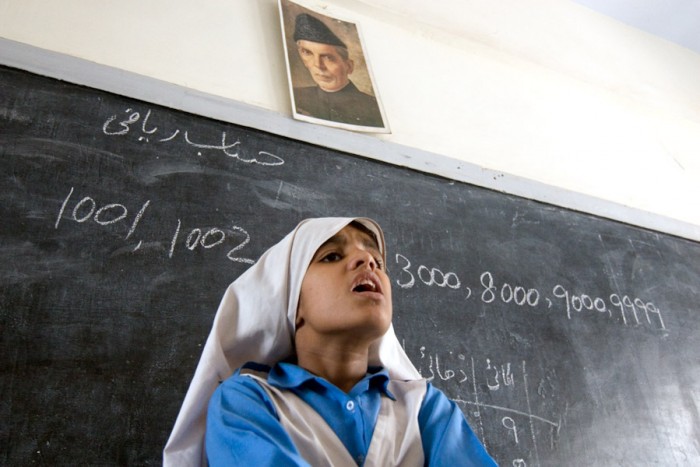
On Sunday people around the world celebrated “Malala Day,” using the 18th birthday of Pakistani activist Malala Yousafzai to promote global education, particularly for girls.
The celebration is symbolic of the rapidly rising awareness about girls’ education and empowerment, especially in developing countries.
That’s a great step forward. But we often paint the issue of girls’ education in black and white. This is a complicated problem with multiple causes and effects and numerous socio-economic factors at play.
It is essential that we take time to think about the bigger picture. Educating a girl plays a huge part in empowering her — but the mission can’t be just that simple.
Here are 10 important points for those working toward global girls’ education to take into account:
Educating boys matters, too
Teaching boys about girls’ rights is as important as making girls aware. This education cannot be limited to formal schooling but needs to go beyond, to homes and communities. When girls become conscious of their rights at a much faster rate than the men in their communities do, social problems arise.
For instance, in Kerala (often cited as a development model internationally) gender-based violence, including domestic violence, has been on the rise, and research suggests that it’s connected to rising rates of literacy for women.
Make sure girls have the opportunity to use their education
As young girls are given more and more opportunity to get educated, to become literate, and to play an active part in society, their ambitions rise proportionately. They dream big, and they want to put their education to good use and to give back to the community.
Institutional biases and lack of employment opportunities for women can lead to large scale frustration and disappointment. In extreme cases, communities have witnessed rising suicide rates that correspond to this frustration. Organizations need to start looking towards female students’ future trajectories and begin trying to answer the question, “what next?”

Don’t just tell the success stories
Organizations often highlight success stories of girls who fought against all odds to be the first females in their family or community to go to school. But what about the ones who didn’t make it?
Drawing the Tiger tells the story of one such star student who, overcome with pressure, committed suicide. She was perhaps overwhelmed by her own success, not knowing where to turn for advice since nobody in her family could relate to her “educated world” and no one in her school life could relate to her poverty-stricken background.
There needs to be a greater open and honest discussion about the girls who don’t make it in order to understand how we can better help.
Marriage still matters
In many communities, families tend to pull girls out of school earlier for fear that they will be unable to get a husband if they become too highly educated. This is all the more true in societies where fewer boys opt for higher education, choosing instead to go out and earn. We need to open up conversations that find solutions to these very practical problems, and make a conscious effort to reiterate early on that a good education and a good marriage are not mutually exclusive. It does not have to be one or the other.
It’s not just a poor girl’s problem
In other communities, families want girls to get a higher education in order to get a good husband. There has long been an interesting phenomenon in Pakistan, for example, where boys’ mothers want “doctor brides” for their sons — brides who will not work after marriage. It’s a matter of prestige. Hundreds of girls every year will struggle through medical school knowing all along that they will never be allowed to actually practice medicine.
Again, mindsets need to be challenged, and in this case, it’s more of the wealthy, upper-class, formally “educated” people that sustain these ideas, not the poor and uneducated, as may be the common perception.
You have to convince the girls themselves
For many girls, the question “what am I going to do with this education?” influences their priorities. They either see marriage as their ultimate goal, or they do not see education opening up earning opportunities for them. Or perhaps they feel that, regardless of education level, the trajectories of their lives will still be dictated by men — from decisions about marriage, to fertility, to household income.
For every bright, determined girl who wants an education, there are many who do not because they do not foresee tangible benefits. Organizations need to rise to the challenge of showing these girls exactly why education matters, and not just stop at helping the girls who already know they desire formal education.

Work on the system, not just individuals
Donors are often more likely to contribute when they see individual stories unfold. But now is the time to start painting the larger picture for them more forcefully and creatively.
At the end of the day, the whole game is about changing mindsets, systems, and structures in ways that benefit individual girls, but also the community at large. “One girl at a time” is a wonderful idea, but each of those girls also needs a larger system working in her favor.
Hold governments responsible
Private schools, alternative schools, and informal schools run by NGOs are all great, and are fulfilling a critical need at the moment in many countries. But in the long term, pressure needs to be put on local governments to take responsibility and provide basic quality education for their respective populations, regardless of gender. These provisions need to extend beyond laws on paper to actual implementation.
Consider policy end-goals
Women’s education and employment are seen as two major components of achieving gender equality. But policy makers often see education more as a tool for furthering initiatives like better health for families, and less as a means of preparing women for a more equal place in society and economy. Policy makers, organizations, and communities need to get together and have more specific conversations about the ultimate aims of girls’ education, and not just the means.
Keep education locally relevant
What do we mean by education anyway? Instead of making elite schools and colleges the ultimate dream goal for girls from poor and rural areas, we need to stop and question what we can learn from these girls themselves, and how we can improve the overall concept of formal schooling.
As more and more “top” schools focus on churning out students solely focused on degrees and careers rather than learning, we must reevaluate our definition of education and not just emulate blindly.


Excellent article. Takes the reader a few steps deeper into this topic. Closer to where we need to be.
Great read! Essentially, there should no longer be a line between private and public schools. If there has to be, then public schools should be given more attention and focus by local governments. Easier said than done of course.
There is several advantage of girls’ education. Grown up educated girls can play an important role in the development of their country.